We always say that we are doing weak electricity projects, but in fact, in engineering, we always have to deal with the strong electricity. Since it is a strong power, it will definitely involve the safety of electricity. We often say that there are three main meanings of electrical safety: equipment safety, fire safety, and personal safety.
If you can't tell the difference, you can refer to: strong electricity and weak electricity, high pressure and low pressure.
The function of the fuse and air switch is short circuit and overload protection, which is to ensure equipment safety and fire safety. The ground wire (or grounding terminal) on electrical equipment is a lead wire that connects the metal parts of the equipment that may be charged in the event of a fault with wires. Its main function is to ensure personal safety.
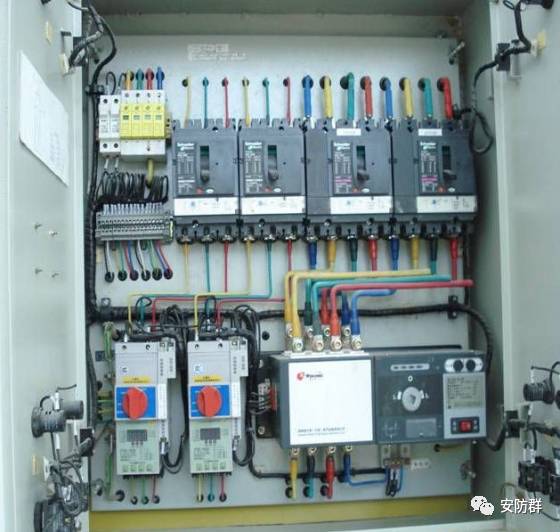
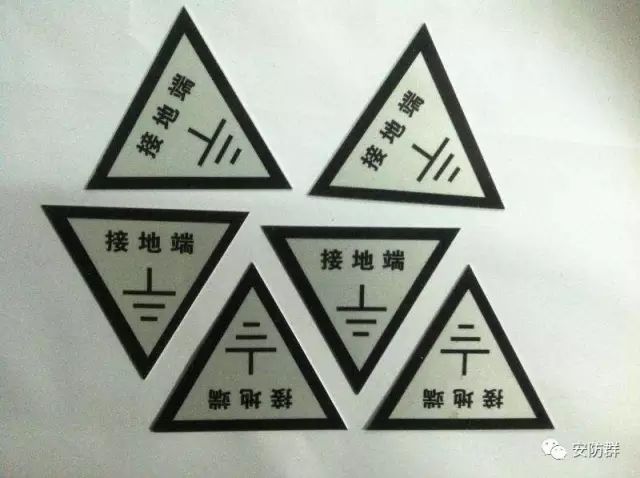
We know that according to whether the neutral point of the transformer secondary is grounded, there are two types of low-voltage networks with line voltages below 1 kV volts: grounded and ungrounded. The national standard (GB5306-85) requires that in the grounded grid, the neutral point of the low-voltage end of the transformer must be directly grounded, and the grounding resistance is not more than 4Ω. In an ungrounded network, the neutral point at the low voltage side of the transformer is not grounded. In order to reduce the risk of high voltage being connected to low voltage, a breakdown fuse is generally installed between the neutral point and the earth. When electrical equipment is used in different power grids, its ground wire should be connected in different ways according to the corresponding requirements in the national standards, as follows:
1. Connection when used in an ungrounded power grid
In an ungrounded network, the ground wire on the electrical equipment should be closely connected to the earth, that is, the equipment protection grounding, as shown in Figure 1. According to the figure, the human body resistance Rr and the grounding resistance Rb are in parallel. When a phase hits the shell, the ground current Id forms a loop through (Rr/Rb) and the grid-to-ground insulation resistance. Let the relative insulation resistance of each ground be equal, all Z, and the phase voltage of the power grid is U. The electrical voltage of the leakage device can be obtained by electrical method:
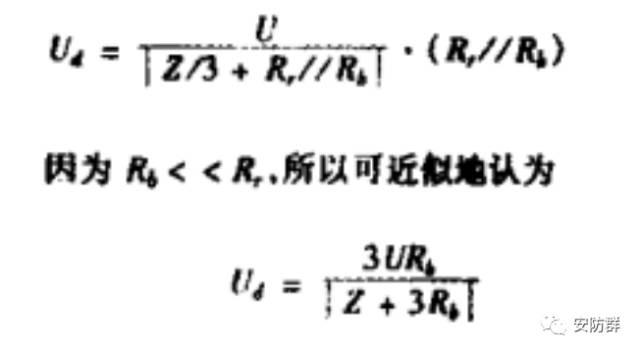
In general, |Z| is very large, Rb<<|Z|, so the ground voltage of the device after protection is grounded is greatly reduced. As long as the size of Rb is properly controlled, the ground voltage of the device can be limited to a safe range. National standards require that Rb be no more than 4 ohms under normal conditions.
The protective grounding must have a grounding device consisting of a grounding body and a grounding wire (including the grounding wire). The grounding body is divided into a natural grounding body and an artificial grounding body. It is an important part of the grounding device and must be installed in strict accordance with the standard. It is briefly introduced as follows.
Metal conductors that have reliable contact with the earth can be used as natural grounding bodies unless otherwise specified. Such as metal water pipes, well pipes, etc. buried in the ground. Manual grounding bodies are usually laid vertically with steel pipes of 40 to 50 mm in diameter or angles of 40 mm × 40 mm × 4 mm to 50 mm × 50 mm × 5 mm. In order to balance cost and performance, the length is generally about 2.5 m, and the number is not less than two. They can be arranged in rows or as a circular or ray-shaped distribution, as shown in Figure 2, and the specific parameters are shown in Figure 3. Whether it is a natural grounding body or an artificial grounding body, the grounding resistance must be measured after installation, and the standard can be put into use.
It is not dangerous to use the tap water pipe as a grounding body or "rooted wire local line". It is also very dangerous.
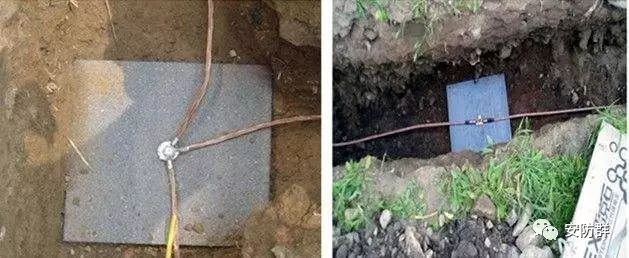
2. Connection when used in a grounded power grid
In the grounded grid, the ground wire on the electrical equipment should be closely connected to the protection neutral, that is, the equipment protection is connected to zero, as shown in the figure. When a live part of a phase touches the device casing, a single-phase short circuit of the relatively neutral line is formed through the device casing, that is, the casing is short-circuited. The short-circuit current Id can cause the protection device on the line (such as the fuse RD) to act quickly, cut off the power supply of the faulty part, and eliminate the risk of electric shock.
We must note that in the grounding grid, the device is not allowed to be grounded. The principle is shown in Figure 5. Set the phase voltage of the grounding grid to U, the low-voltage neutral point grounding resistance of the transformer to Ro, and the grounding voltage of the equipment casing to Ud. If the equipment has a protective grounding device, when a phase is short-circuited by the shell, the human body resistance Rr and protection The grounding resistance Rd is in parallel, and Rd<<Rr, Rd≈Ro≈4Ω, the voltage that the human body is subjected to is:
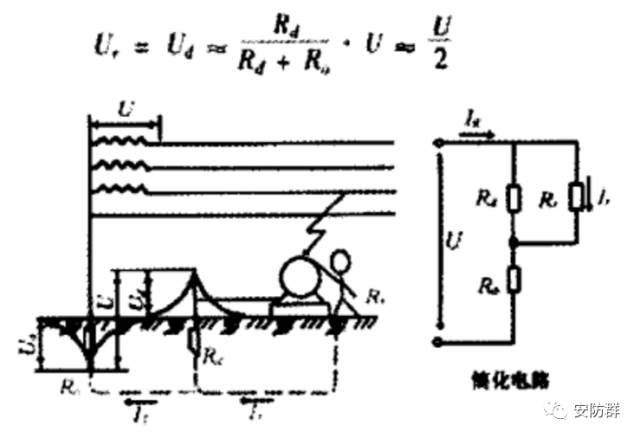
Obviously this voltage is dangerous to the human body, which means that it is not safe to protect the grounded device itself in the grounded grid.
For the same reason, the zero-to-ground voltage is changed from the original Uo=0 to:

This makes the entire system no longer safe, and other protective zero-connected devices are also exposed to dangerous voltages. At the same time, since Rd and Ro limit the magnitude of the fault current, the protection device on the line may not operate and the dangerous state exists for a long time.
It can be seen that, without looking at the grid environment in which the equipment works, it is not correct to emphasize that the grounding is the grounding.
3. Processing methods with special requirements
Because the grounding grid has certain advantages in reducing the risk of fault grounding and stabilizing the potential of the system, it is widely used. If there are no special requirements, China's low-voltage power grids generally use grounding. From the previous analysis, it is known that in such a power grid, it is not allowed to ground the equipment protection. On the other hand, with the rapid development of electronic technology, semiconductor devices such as integrated circuits and transistors have been more and more widely used in various devices. In addition to ensuring personal safety, the ground wire on such equipment also has the function of preventing static electricity and electromagnetic interference and improving equipment reliability. Such devices generally require protective grounding. For such equipment, their ground wire can be handled as appropriate in the following three cases.
(1) For large equipment, separate ungrounded power supply should be established to take protective grounding measures for the equipment.
(2) For small and medium-sized equipment, when used in a grounded power grid, an ungrounded power source should be established through the isolation transformer for secondary power supply. It is worth noting that the isolation transformer is the load of the grounding grid, and its core should be protected from zero. The equipment is the load of the ungrounded power source established by the isolation transformer, so the grounding should be protected.

(3) For small equipment such as security monitoring, the working environment is dry, the peripherals are generally plastic parts, and the possibility of leakage harming personal safety is very small. The main function of the ground wire is to prevent static electricity and electromagnetic interference and improve equipment reliability. .
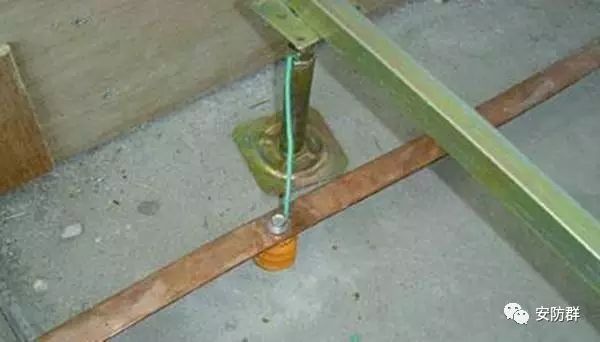
When used in a grounded grid, the ground wire of such equipment can be grounded through the RC network shown in Figure 3, if necessary. This circuit is often connected between the "cold ground" and the "hot ground" of a color television set.
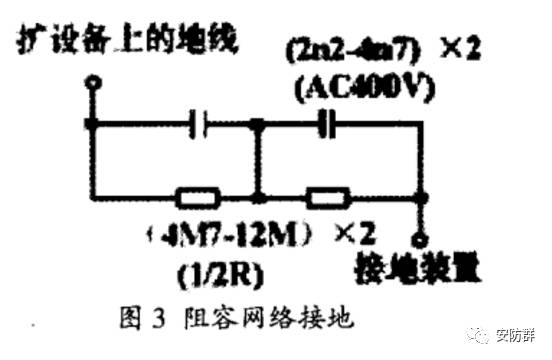
The resistors and capacitors discharge static electricity and high-frequency harmonics, respectively. It is worth noting that the structure and parameters of the circuit involve security issues and should not be changed at will. Due to the isolation of this network, the requirements for the grounding device become very low, it can be a water pipe, or it can be a live wire or a neutral wire on the socket. Of course, the live and neutral wires on the socket generally have high-frequency harmonics. From this point, it is better to use a water pipe as a grounding device.
90W Medical Power Supply,90W Medical Device Power Supply,90W Medical Power Adapter,90W Rade Power Supplies
Shenzhen Longxc Power Supply Co., Ltd , https://www.longxcpower.com